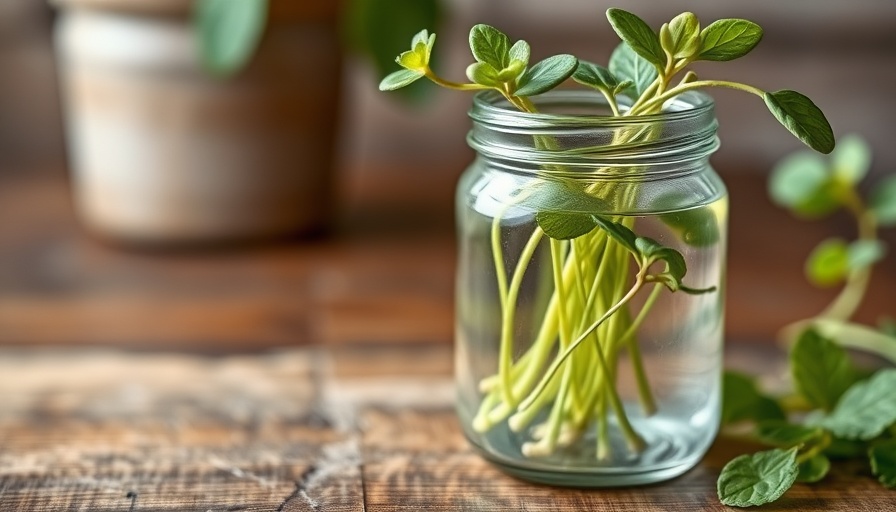
Unlock the Secrets of Plant Propagation
For anyone who has nurtured a garden, the joy of watching plants thrive is unparalleled. But did you know that you can expand your gardening endeavors without spending a fortune? Enter plant propagation, a rewarding technique that not only enhances the diversity of your garden but also helps you maintain healthy plants. In this article, we’ll explore the ins and outs of plant propagation, introducing various methods that even a novice gardener can master.
The Basics of Plant Propagation
Plant propagation refers to the process of creating new plants from an existing plant. And it can bring significant benefits, from cost savings to sustaining healthy plants. There are two primary methods of classification: sexual and asexual propagation. Sexual propagation harnesses the floral parts to produce new plants from seeds or spores. Asexual propagation, on the other hand, involves cloning plants by using vegetative parts such as stems, roots, or leaves. Asexual methods are particularly useful for gardeners looking to replicate beloved plant varieties!
Exploring Different Methods of Plant Propagation
There are several popular methods for propagating plants, each with its advantages:
- Seeds: The most traditional method, seed propagation, works well with annuals and vegetables. Collecting seeds from your existing plants not only saves money but also gives you a sense of accomplishment. However, starting seeds can be challenging for beginners, especially with trees and perennials.
- Cuttings: This widely-known method is effective for both woody and herbaceous plants. Cuttings can refer to both stem and leaf cuttings, with each type requiring different techniques. For instance, softwood cuttings—often taken in spring from new growth—are ideal for tender plants, while hardwood cuttings, harvested from dormant wood, can be tackled in late fall.
- Dividing: This method works well with perennial plants. By separating the root ball, you create two or more new plants with established root systems.
- Layering: An intriguing method, layering involves bending a stem to the ground and covering it with soil to encourage root growth.
- Grafting: This more complex technique involves joining two plants together, utilizing the strengths of each to form a new plant.
Tools You’ll Need for Success
Before diving into propagation, having the right tools can make all the difference. Here’s a list of essentials:
- Sharp Scissors or Pruning Shears: Ensuring clean cuts helps prevent damage and promotes faster healing in the parent plant.
- Potting Soil: A high-quality potting mix is vital for successful rooting, providing the necessary nutrients and drainage.
- Containers: Depending on the propagation method, small pots or trays will work well.
- Watering Can: Proper hydration is crucial, especially when the cuttings start rooting.
- Plastic Bags or Humidity Domes: These maintain humidity for cuttings and improve success rates.
Comparing Water and Soil Propagation
One question that many new gardeners ponder is: is it better to propagate in water or in soil? Each has its benefits! Water propagation allows you to monitor root growth and can be visually satisfying, making it a popular choice for beginner gardeners. However, soil propagation helps establish a more robust root system, ultimately preparing the plant for life in your garden sooner. The choice really comes down to personal preference and plant type!
Elevate Your Gardening Skills
Embracing plant propagation lends a new dimension to your gardening journey. Not only does it save money on buying new plants, but it also nurtures a deeper connection to your garden. Moreover, propagating plants encourages sustainability by allowing you to curate a garden filled with diversity and individuality. As you dive into this practice, remember, patience is key! Watching those cuttings transform into thriving new plants is an immensely rewarding experience.
Ultimately, whether you are looking to expand your flower garden or cultivate a well-structured vegetable garden, understanding and practicing plant propagation can empower any gardener. So, grab those tools, choose a method, and get ready to elevate your gardening game!
 Add Row
Add Row  Add
Add 




Write A Comment